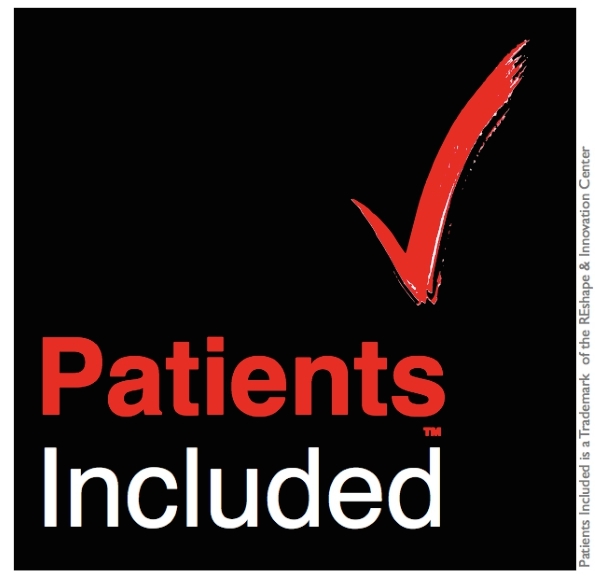1 Cochrane Associate Center of Madrid (Universidad Francisco de Vitoria-Madrid, Hospital Universitario Ramón y Cajal-IRYCIS), Department of Paediatrics, Obstetrics and Gynaecology and Preventative Medicine, UAB, Spain
2 Clinical Biostatistics Unit, Hospital Universitario Ramón y Cajal (IRYCIS), Spain
3 Independent Consultant, Spain
4 Independent Consultant, UK
5 Preventive Medicine Unit, Hospital Universitario Ramón y Cajal, Spain
6 Department of Paediatrics, Obstetrics and Gynaecology and Preventative Medicine, Universitat Autònoma de Barcelona, Spain
7 Hospital Ramón y Cajal, Spain
8 Clinical Biostatistics Unit, Hospital Universitario Ramón y Cajal (IRYCIS)/CIBER Epidemiology and Public Health (CIBERESP), Spain
